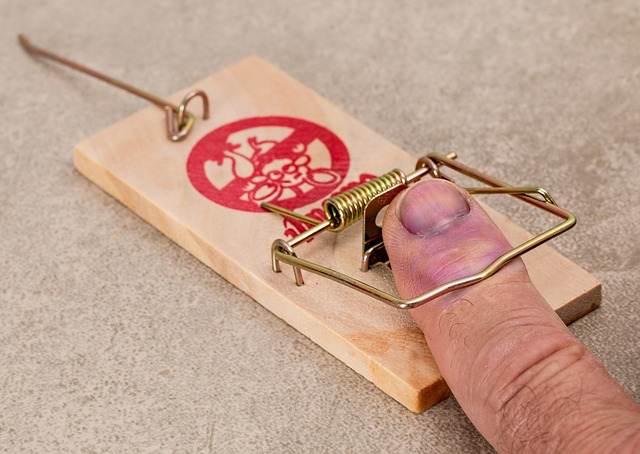Reinsurance and retrocession cedents have been trapping increasing amounts of ILS collateral for longer periods of time than in the past, broker Aon said, as uncertainty over loss creep from catastrophe events has driven them to be more cautious.
 Uncertainty over loss development has been a key factor in the insurance-linked securities (ILS) market in recent years, as major loss events hurricane Irma and typhoon Jebi resulted in outsized losses and showed that early estimations of loss were inaccurate.
Uncertainty over loss development has been a key factor in the insurance-linked securities (ILS) market in recent years, as major loss events hurricane Irma and typhoon Jebi resulted in outsized losses and showed that early estimations of loss were inaccurate.
The loss creep that emerged with Irma and Jebi were for different reasons, but the end result has been a greater degree of nervousness in the reinsurance market, with cedents increasingly cautious and keen to ensure their coverage remains available in case their ultimate loss rises unexpectedly.
Broker Aon explained that these two events have “shown significant adverse development relative to initial projections,” while at the same time secondary perils have also driven major losses to collateralized reinsurance players in recent years.
“This confluence of events has had a significant impact on areas of the market supported by alternative capital, principally collateralized reinsurance transactions in Florida, aggregate covers in the reinsurance and retrocession markets and collateralized quota shares and low-attaching pillared structures in the retrocession market. As a result, many investors have experienced losses over this period and some have ceased their involvement,” Aon said.
The company explained what this has meant for the collateralized reinsurance market, “Recent uncertainty in loss development is resulting in cedants retaining more collateral over longer periods of time than in the past.
“This trapped collateral creates a drag on investor returns and ultimately raises the cost of the alternative capital being provided.”
Because of this, Aon says that collateralized reinsurance players are “heavily engaged in trying to find ways of addressing this issue.”
The broker said that negotiations related to the terms of loss buffer tables are now a key feature of renewals, something we explained in a previous article.
Aon expects that at renewals cedents can expect to be differentiated on price dependent on their historical loss experience, the accuracy of their prior loss estimates and also their performance over the long-term.
This is positive for the ILS market, as those trapping collateral unnecessarily may be penalised, facing additional costs in some cases as well.
We understand that some ILS funds are employing tactics to set a price for long-term trapping of collateral, to ensure that the drag on their funds is reduced to a degree.
Of course, the rated reinsurance entity and fronting by rated carriers are partial solutions to the issue, as they can mitigate the impacts of trapped collateral.
“Reserving conversations can then be held between the fund manager and the front, rather than with multiple cedants,” Aon said.
Losses and trapped collateral have been a particular issue for the reinsurance sidecar space, which has to a degree constrained available capital in this segment of the ILS market at times over the last few years.
Negotiations over loss buffer tables for sidecars have been particularly hard fought, with some changes in certain vehicles, while some proposed changes had to be reverted to enable sponsors to secure the capacity they needed, we are told.
Aon estimates that as much as $15 billion of ILS and alternative reinsurance capital remained trapped in the latter stages of 2019, a figure that should start to reduce over the next few months.
It’s possible, if Aon’s suggesting is right, that cedants may have inflated the amount of collateral that it was really necessary to trap, meaning that there should be some positive returns of capital back to ILS funds and collateralised vehicles over the rest of this year.
This issue has also affected the ability of ILS funds to raise fresh capital, as investor appetite was impacted as the base recognised the dilutive effects of trapped collateral on returns.
That’s another reason collateral related terms are actively being looked at right now, as ILS fund managers seek to find a solution that still enables cedents to have certainty that collateral will be there, but investors to have the confidence their returns won’t be dented unless real losses are expected to impact them.
 View all of our Artemis Live video interviews and subscribe to our podcast.
View all of our Artemis Live video interviews and subscribe to our podcast.
All of our Artemis Live insurance-linked securities (ILS), catastrophe bonds and reinsurance video content and video interviews can be accessed online.
Our Artemis Live podcast can be subscribed to using the typical podcast services providers, including Apple, Google, Spotify and more.































